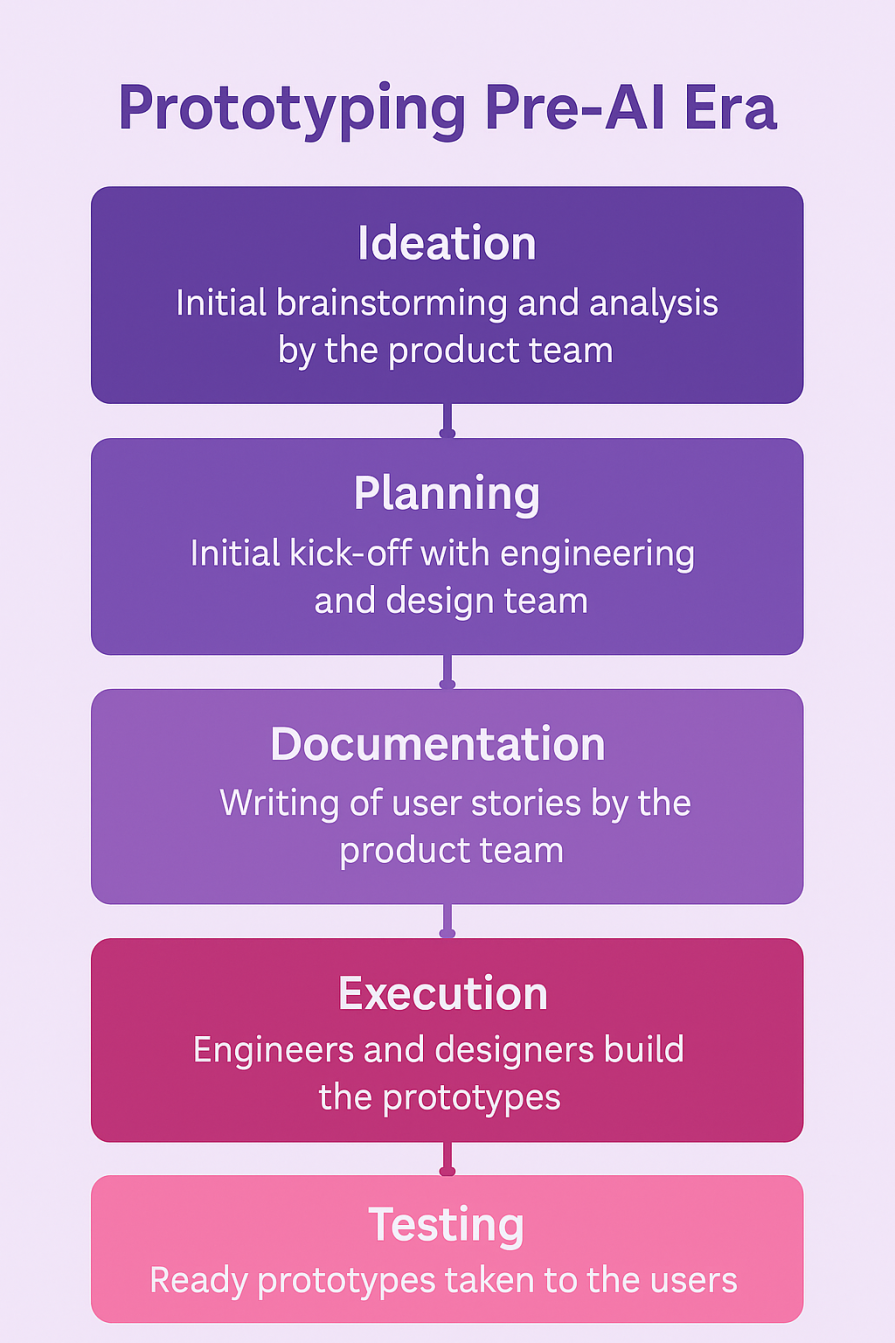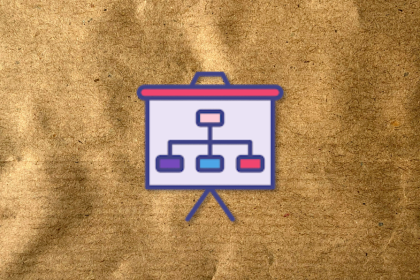Back when I worked at Zalando, a European ecommerce retailer, I kicked off the building of a new content management system that would serve 30 million daily active users. This was meant to replace an old content management system that had been in place since the inception of the company (10 years prior). The build involved more than 30 complex use-cases.

After a brief analysis, I determined it would take two months for the initial MVP. In practice, it took us four months — pretty much double the time originally allocated. This included talking to the users, understanding their pain points, building the MVP, and validating our early ideas.
Fast forward to 2025 where I kicked off yet another migration project for my client that was pretty similar to the content management system at Zalando. It probably wasn’t at the same scale, but it had similar complexities. However, this time, we built and tested the MVP in one month flat and with minimal cost.
The difference? On my second time around I made use of the prototyping tools available in the market.
You might’ve already heard about these prototyping tools. From Lovable to Cursor and replit to bolt, these tools are simple to use and can create simple prototypes in a few hours. More importantly, you don’t need to know coding. Just type prompts, and you’ll get a functional product.
But do they really serve their stated purpose? Are they easy to integrate into your team? And is the output ready-to-use? Keep reading to learn more.
One of the biggest changes to prototyping has been the rise of tools that leverage the power of AI to simplify the development process, reducing your dependency on engineers. To show the impact of the shift, this section outlines how I approached prototyping pre-AI and then compares it to now.

This was how I prototyped a few years back:
In my experience, depending on the complexity of the product, this could take from one to four months.
Problems with this approach:

As you can see, AI streamlines the entire prototyping process into three quick steps by removing the barriers and delays that engineering and design can introduce. By using AI, you can take care of the process and iterate without having to commit costly resources to prototypes that ultimately don’t always pan out.
When it comes to prototyping with AI tools, there are four key advantages:
Now that you’ve seen the benefits of AI prototyping tools, the following table outlines some of the most popular ones alongside their pricing, use cases, and cons:
| Tool | Pricing | Best for | Cons |
| Lovable |
|
Non-technical PMs seeking quick, no-code MVPs and early-stage idea validation |
|
| Cursor |
|
Rapid prototyping of interactive flows with minimal coding; suitable for PMs comfortable with lightweight technical tools |
|
| Replit |
|
Technical PMs or teams needing full-stack prototypes, backend logic, and collaborative coding environments |
|
| Bolt |
|
Quick, no-code prototyping of basic flows and UI interactions; ideal for early-stage testing |
|
Consider the following key factors to choose the most suitable tool:
The best tool will largely depend on what your needs are and what sort of prototype you want to create.
As I mentioned at the start of the blog, I led a migration project for a client that involved redesigning a fragmented internal dashboard used across three departments (sales, customer service, and operations). The goal was to unify the workflows, decrease complexity, reduce redundancies, and improve usability.
This was a good opportunity for me as a PM to try one of the AI tools and see how I could integrate it into my workflow. Instead of asking permission from the head of product and waiting for weeks for a design sprint or engineering bandwidth, I tried Lovable.
With Lovable, I created a functional MVP for the unified dashboard by using the following workflow:
I highly recommend trying all of the tools that I mentioned for a personal project before using them for your professional goals. I used Cursor to build a tool that gave me high-protein diet ideas. Even though I did not publish it, I got a very good understanding of how Cursor works.
I also used Lovable to create a tool for LinkedIn where I can preview my post in terms of how it would look after publishing. This is how I got used to these tools.
Not every tool will help you with prototypes. So, go through the cons of every tool before selecting one. Once the hypothesis is evaluated, you can handover the prototype to the design and engineering team to build a full-fledged product. Remember, these tools are only for simple prototypes.
Write clear prompts, or else you won’t get the desired output.
Lastly, these tools are in the nascent stage, so don’t be too confident in the prototyping process.
We’re in a very interesting phase of technological development where it’s getting easier to build tools and software without the knowledge of coding. And this is not only true for product management but other professions as well.
It’s extremely important to understand how to use these tools and leverage them to your advantage. This also opens up some important questions about the involvement of engineering and design in the prototyping phase.
But as of now, we’re still in the early stages. Have you used any of these tools? How was your experience? Please feel free to comment below.
Featured image source: IconScout

LogRocket identifies friction points in the user experience so you can make informed decisions about product and design changes that must happen to hit your goals.
With LogRocket, you can understand the scope of the issues affecting your product and prioritize the changes that need to be made. LogRocket simplifies workflows by allowing Engineering, Product, UX, and Design teams to work from the same data as you, eliminating any confusion about what needs to be done.
Get your teams on the same page — try LogRocket today.

A practical five minute revenue estimation method to help product managers compare ideas, drop low impact features, and prioritize smarter.

A practical guide for PMs who want to stop being bottlenecks, delegate smarter, and lead teams effectively with a clear ownership framework.

Stop letting unreliable data block features. Treat data as inventory to track quality, ownership, and ship with confidence.

Learn why slide decks slow teams down and explore better tools like whiteboards, PRDs, and prototypes to improve collaboration and alignment.